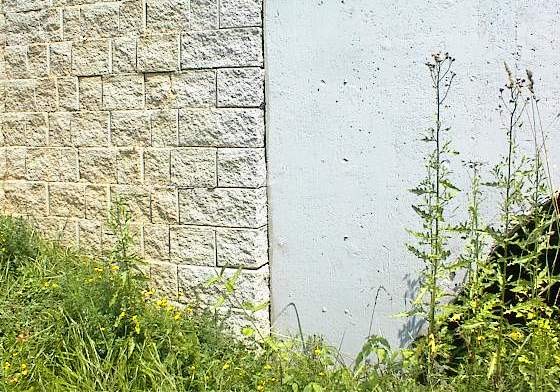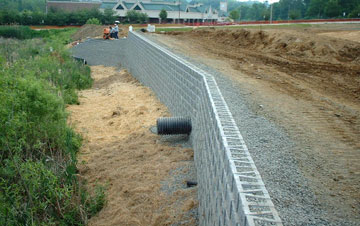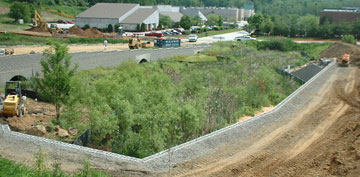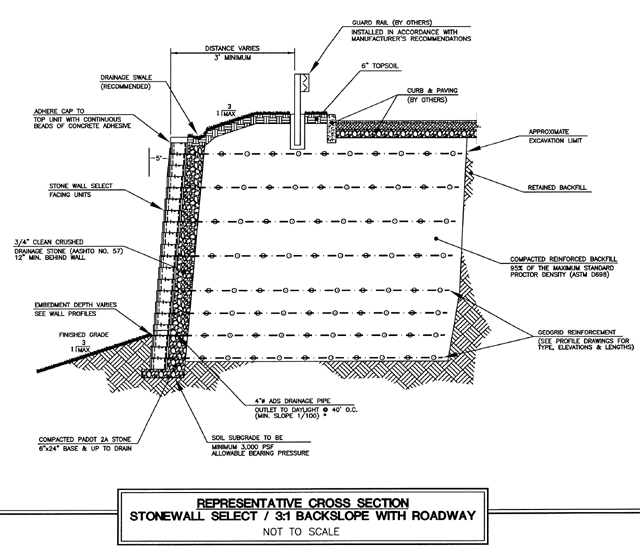
|
Project:
|
| Featured Projects | ||
The Edgmont Country Fair Project
Three StoneWall SELECT Segmental Retaining Walls and Totals Approximately 5,320 square feet.
|
There's about 200 LF of roadway supported on both sides by a StoneWall SELECT (SWS) wall. The e completed this project in 1999, and paved directly to the back of the StoneWall SELECT units. The wall is performing as designed. No movement or settlement has occurred. The road carries extensive traffic and is in excellent condition through the area of this wall,” adds George Wochley. The Mt. Nebo Road project used 9400 square feet of StoneWall SELECT with a maximum height of almost 20 feet. EEI utilized 90E returns at each of the culvert box sides to prevent the migration of backfill soils at the intersection of the block units and the culvert structures. This approach also reduces the amount of exposed concrete surface, increasing curb appeal of the wall system.
Included in each set of design drawings from Earth Engineering Inc. is a "Representative Cross Section" that depicts the proposed site conditions in the area of the tallest wall section. |
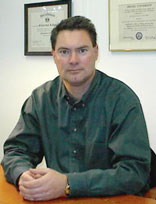
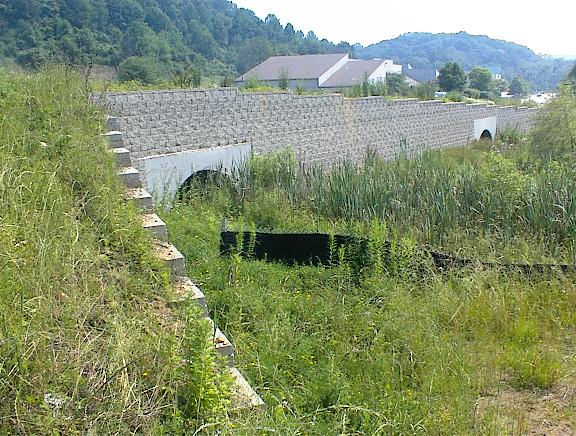
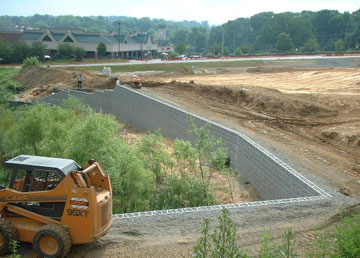 “WThe walls were constructed, along with the three separate, cast-in-place concrete arch culverts to minimize construction impact on the neighboring wetlands. Two parallel walls, one on either side of the roadway, elevate the roadway above the wetlands area.
“WThe walls were constructed, along with the three separate, cast-in-place concrete arch culverts to minimize construction impact on the neighboring wetlands. Two parallel walls, one on either side of the roadway, elevate the roadway above the wetlands area. 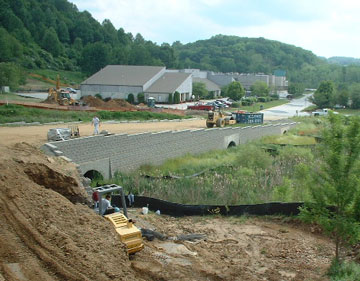 design was conducted using an 18-degree backslope, for the first 5 feet behind the wall, and a 250 PSF roadway surcharge 5 feet behind the wall. The wall was backfilled with on-site soil materials that were lab tested to confirm that they conformed with the 28-degree internal angle of friction and 120 PCF unit weight that were initially assumed within the design. Since the walls were built in a wetland, we also required a drainage board along the back of the reinforced zone that connected to finger drains running from back to front of the reinforced zone and connecting to the wall drains outletting through the front face of the wall system. The Mirafi geogrid reinforcement was extended under the proposed roadway.
design was conducted using an 18-degree backslope, for the first 5 feet behind the wall, and a 250 PSF roadway surcharge 5 feet behind the wall. The wall was backfilled with on-site soil materials that were lab tested to confirm that they conformed with the 28-degree internal angle of friction and 120 PCF unit weight that were initially assumed within the design. Since the walls were built in a wetland, we also required a drainage board along the back of the reinforced zone that connected to finger drains running from back to front of the reinforced zone and connecting to the wall drains outletting through the front face of the wall system. The Mirafi geogrid reinforcement was extended under the proposed roadway. 